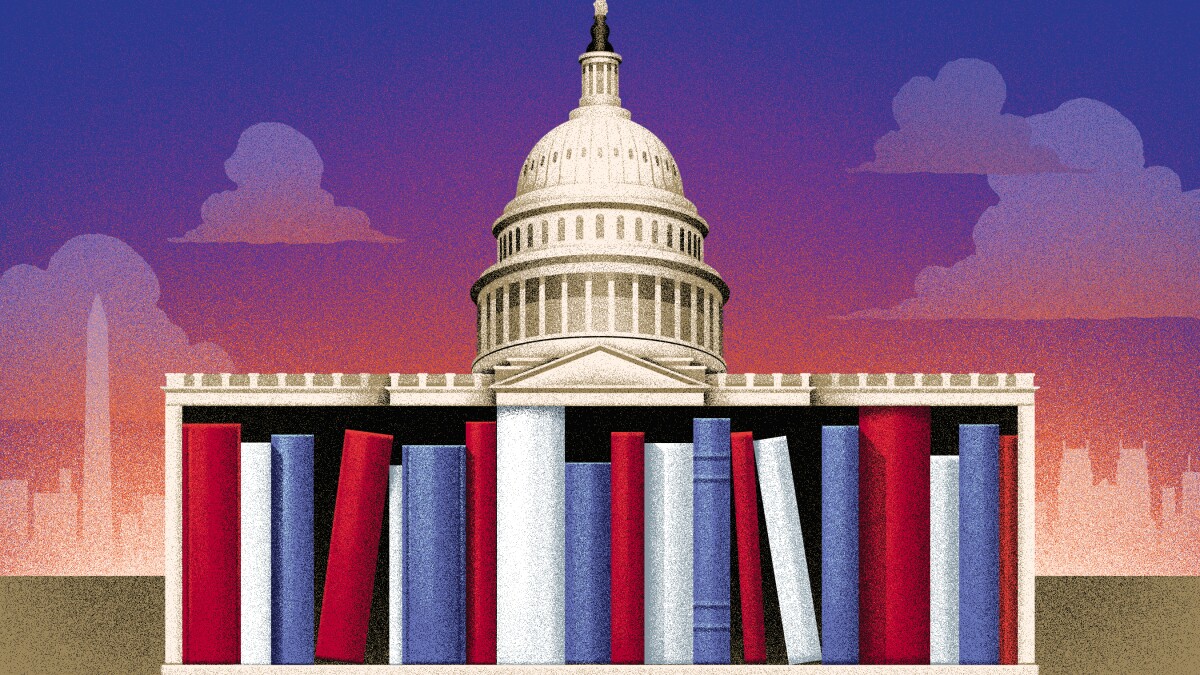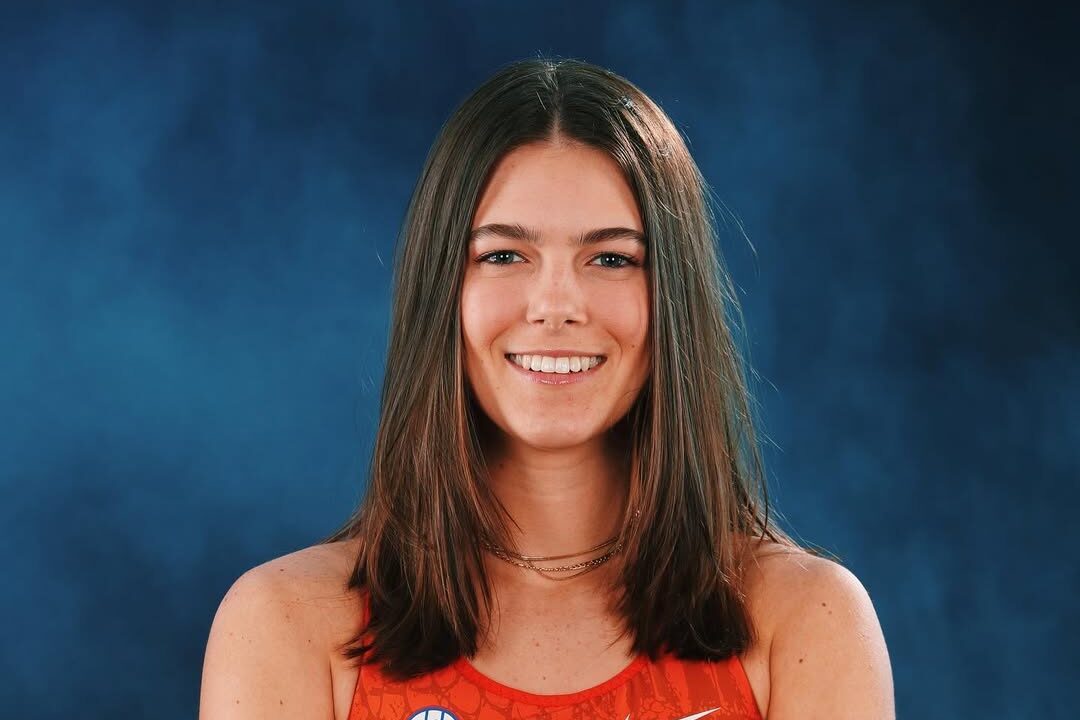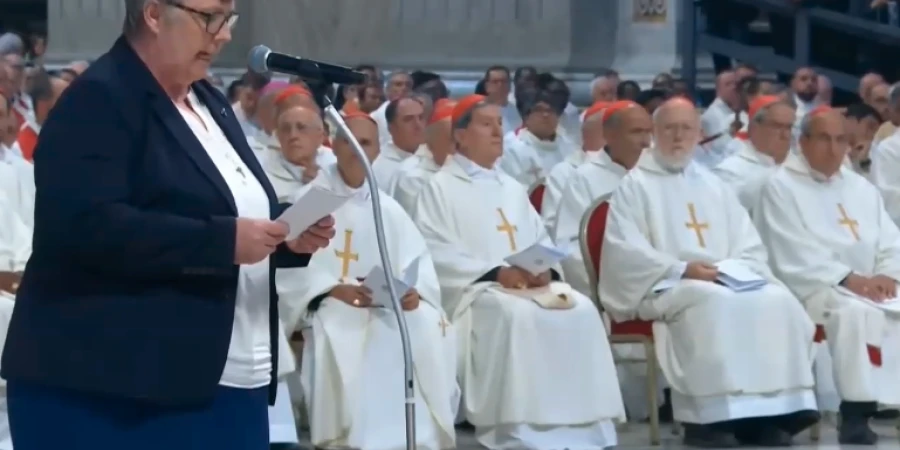Sacred Treasures Reclaimed: Stolen Church Artifacts Unveil Hidden History in Stunning Museum Showcase
Religion
2025-03-26 19:07:59Content

A captivating museum exhibit in Cyprus is shedding light on a poignant chapter of cultural history, showcasing rare religious artifacts that survived a tumultuous journey. The exhibition features exquisite mosaics and intricate wall frescoes that were forcibly removed during the 1974 invasion and subsequently traded through clandestine black market channels.
These precious historical treasures, now carefully preserved and displayed, tell a powerful story of cultural resilience and preservation. Each mosaic and fresco represents not just an artistic masterpiece, but a fragment of Cyprus's rich cultural heritage that narrowly escaped permanent loss. Visitors to the exhibit can now witness these remarkable artifacts, which have been painstakingly recovered and restored, offering a profound glimpse into the island's complex historical narrative.
The museum's curators have meticulously arranged the collection to highlight the artistic and historical significance of these recovered relics, transforming a story of potential cultural destruction into a testament of preservation and hope.
Stolen Treasures Unveiled: A Cyprus Museum's Remarkable Journey of Cultural Restoration
In the heart of Cyprus, a profound narrative of cultural resilience and historical preservation unfolds within the hallowed walls of a museum that has become a sanctuary for artifacts with an extraordinary past. This remarkable exhibition represents more than just a display of ancient relics; it is a testament to the enduring spirit of a nation determined to reclaim its cultural heritage from the shadows of historical trauma.Uncovering the Hidden Narratives of Stolen Cultural Patrimony
The Invasion's Lasting Cultural Wounds
The tumultuous events of the 1970s left an indelible mark on Cyprus's cultural landscape, creating a complex tapestry of loss, displacement, and eventual recovery. During this turbulent period, numerous historical artifacts were violently separated from their original contexts, becoming casualties of geopolitical conflict. These precious relics—intricate mosaics, delicate wall frescoes, and other archaeological treasures—were systematically extracted from their ancestral homes, entering a clandestine network of international art trafficking. The museum's current exhibition represents a powerful act of cultural reclamation, transforming these once-stolen artifacts into powerful symbols of resilience and historical continuity. Each mosaic fragment and fresco tells a nuanced story of survival, bearing witness to the complex historical narratives that have shaped the island's identity.Archaeological Forensics and Artifact Recovery
Behind the museum's carefully curated display lies an intricate process of archaeological detective work. Specialized teams of historians, archaeologists, and forensic experts collaborated across international boundaries to trace the provenance of these stolen artifacts. Their meticulous research involved complex networks of communication, diplomatic negotiations, and sophisticated tracking methodologies that spanned decades. The recovery process was far from straightforward. Many artifacts had been fragmented, sold through multiple intermediaries, and dispersed across global markets. Experts employed advanced technological tools, including spectral imaging, chemical analysis, and comparative archaeological databases to authenticate and reunite these cultural fragments with their historical contexts.The Black Market's Dark Underbelly
The international art black market represents a complex ecosystem of illicit trade, where cultural artifacts are commodified and stripped of their historical significance. Cyprus's experience illuminates the broader global challenge of protecting cultural heritage from systematic exploitation. These stolen relics became economic commodities, traded in shadowy networks that span continents, disconnected from their original cultural meanings. Sophisticated criminal networks specialized in archaeological trafficking, exploiting geopolitical instabilities and leveraging complex international legal frameworks. The museum's exhibition serves not just as a display of recovered artifacts, but as a powerful statement against these systemic cultural violations.Preservation and Cultural Reconstruction
The restoration process for these artifacts represents a delicate balance between scientific precision and cultural sensitivity. Conservation experts employed cutting-edge techniques to stabilize, repair, and protect these fragile historical documents. Each intervention was carefully documented, ensuring that the artifacts' integrity and historical narrative remained intact. Modern preservation methodologies go far beyond mere physical restoration. They represent a holistic approach that considers the artifact's cultural context, spiritual significance, and historical trajectory. The museum has transformed these recovered pieces into powerful educational tools, allowing visitors to engage directly with complex historical narratives.Global Implications and Cultural Dialogue
Cyprus's museum exhibition transcends local significance, offering a profound commentary on global cultural preservation efforts. It challenges international communities to reconsider how cultural heritage is protected, traded, and understood. The exhibition becomes a microcosm of broader discussions about repatriation, cultural rights, and the complex legacies of historical conflicts. By presenting these once-stolen artifacts with dignity and context, the museum initiates a nuanced dialogue about cultural memory, historical justice, and the ongoing process of healing historical wounds. Each artifact becomes a bridge between past and present, inviting viewers to reflect on the complex narratives that shape human experience.RELATED NEWS
Religion

Texas Education Showdown: Religious Rhetoric Challenged in Classroom Curriculum
2025-03-18 17:12:15







